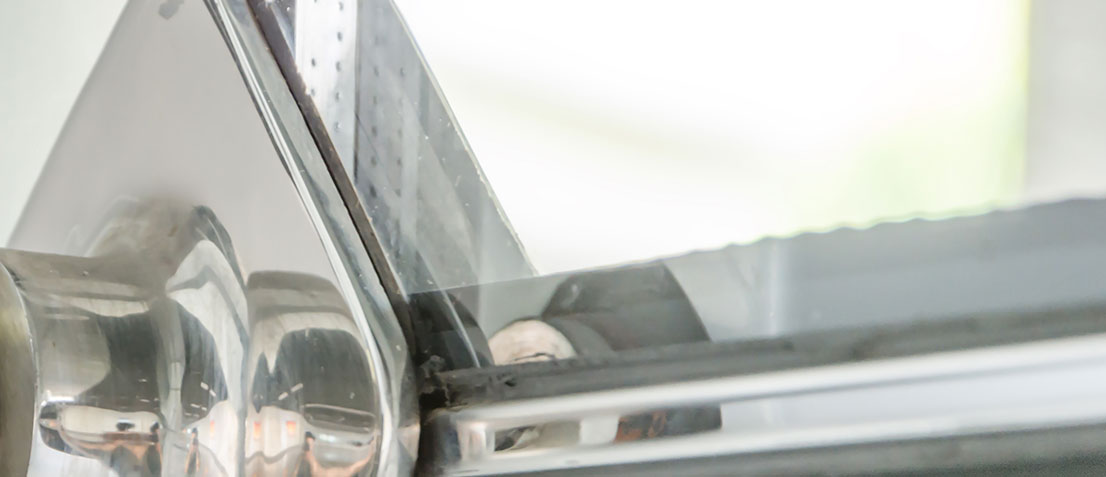Rubber, in its many forms, has the ability to join metals of all type. In fact, adhered rubber is stronger than in its original state, which can be the reason that manufacturers in many industries trust in the adhesion of rubber to metal for their components. Rubber not only produces a very strong bond with metal; it can also be used to combine several pieces in one ensemble.
With these five steps, we can guarantee the bond will be strong enough for the application and its operating environment:

The manufacturer generally specifies the geometry of the metal insert, along with the degree and type of metal. Our engineers assess the design in light of their knowledge of rubber moulding processes. The technical team of Rosario Burletes can advise you on the best way to design and produce pieces which require rubber to metal bonding.

Even though most metals can be used in moulding of rubber inserts, each metal has a different chemical composition that can react to the type of rubber being used. Our engineers can advise you on the best rubber material or develop customised compounds for application, as necessary.

We have the ability and experience to guarantee maximum adhesion force in the piece. The complex chemistry of metal and rubber interaction and the effects of the moulding process itself have to be addressed through insert preparation. In Rosario Burletes we carry out standardised tests to ensure the appropriate percentage of solids and adhesive thickness in each production execution.

Insert moulding or overmoulding are carried out with compression or transfer moulding techniques, depending on the shape and size of the metal piece to be joined.
During the entire process of rubber moulding, our technicians handle and store the pieces appropriately, both during the preparation of the insert and after moulding the piece, to avoid contamination. Once the piece is finished, we store it at room temperature, out of direct sunlight and away from soldering operations, as they emit ozone and can attack rubber.

Tests are carried out to check how the piece reacts when it undergoes compression, tension, cut or torsion. Depending on the shape, manufacturers can require a prototype of the moulded component to test and assess a range of union systems, rather than waiting until production is over to try the finished piece. With rubber adhered to metallic parts, the only testing methods to determine the resistance of the bond imply the destruction of the piece.
When each step of the rubber to metal bonding process is carried out with expertise, the final result is stronger than the sum of its parts. From automotive applications to medical devices, manufacturers employ rubber to metal bonding to guarantee that their crucial functions will not fail due to weak bonding.




